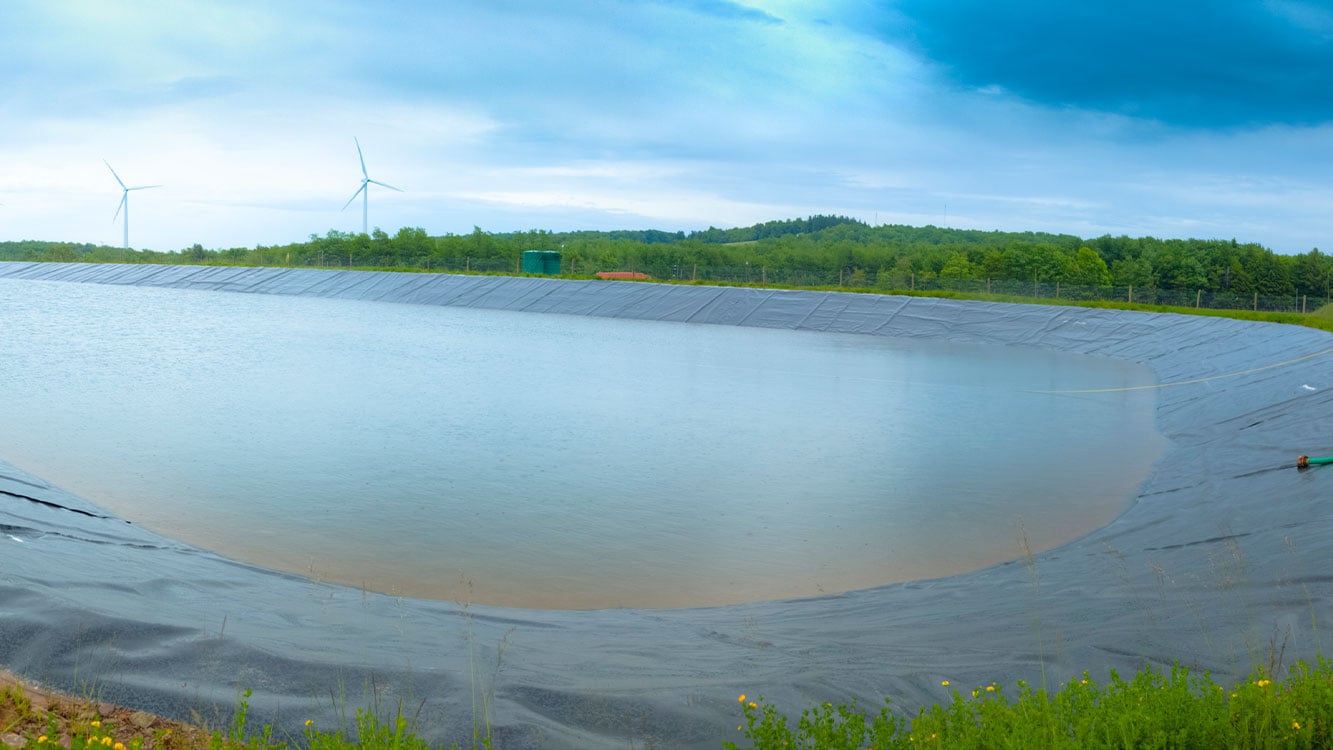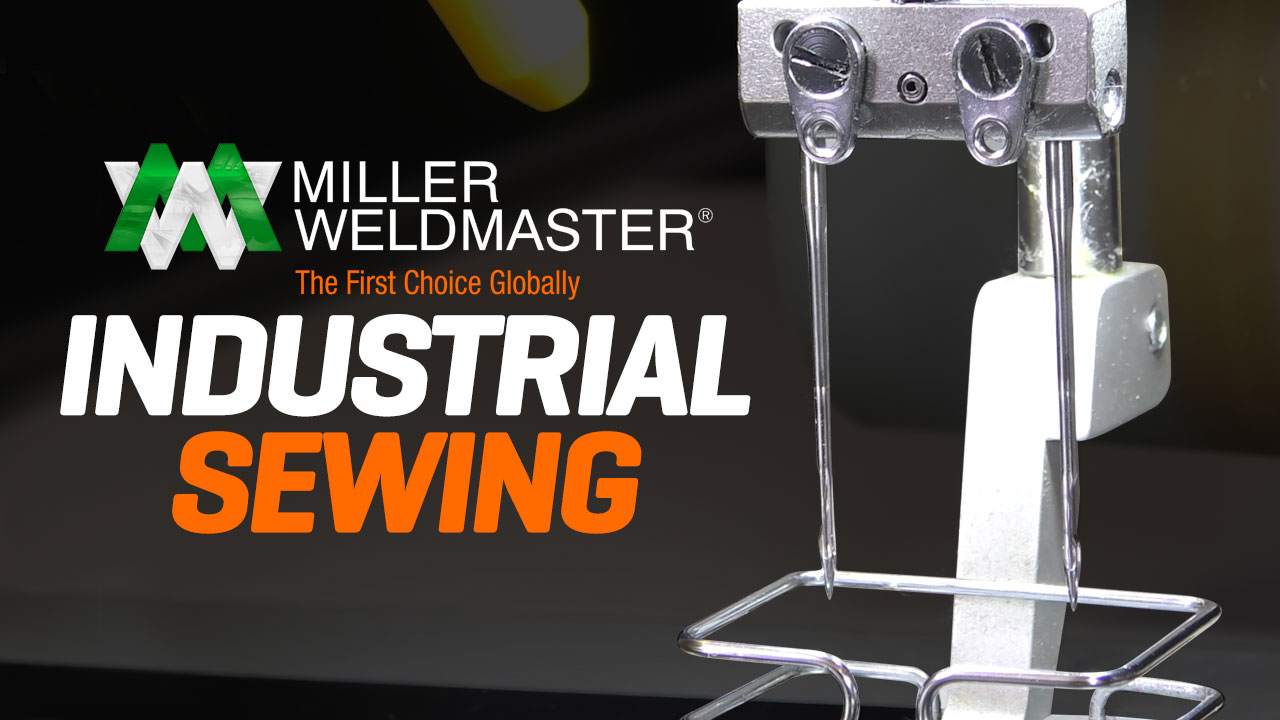For decades, companies have relied on traditional sewing methods to piece fabrics together. While this method worked for some time, sewing is inefficient and can often lead to operator errors.
The solution? Automated industrial fabric welding.
Automated industrial fabric welding helps improve your production output while maintaining product quality. But it is also a big investment both in terms of resources and onboarding. Before making the investment, you’ll need to thoroughly weigh the pros and cons.
We’ve rounded up the top benefits of automated material welding, so you can be confident in your investment decision. Keep reading to discover three key benefits of automated technologies.
1. Increased Output
Many companies experience increased output after making the switch to automated industrial welding. Automated industrial fabric welding is a fast and efficient form of production, and in some cases, can reach speeds of up to 40 feet per minute—speeds traditional sewing methods simply can’t compete with.
Automated material welders are also simple to use for products that require more unique shapes, such as curves and pockets. Rather than manually managing the design with an industrial sewer, users can simply feed the material into the welder, saving time and energy that’s usually spent on the intricacies of sewing.
2. Reduced Time
In addition to increased output, automated fabric welding solutions also save production time in the long run. Using automation, pieces of fabric can be joined together under one, swift pass through your welding machine. However, with sewing, you may need to pass over the seam multiple times to ensure the seam is strong enough to withstand outdoor elements, increasing production time.
Another major benefit of automated fabric welding machines is their ease of use, allowing almost anyone to step in and create a product.
Once your team makes the decision to invest in an automated industrial fabric welding machine, you won’t have to worry about downtime spent training employees. Oftentimes, your welding provider can provide training or re-training as needed to ensure your team is fully capable to use the technology.
3. Improved Product Quality
Automated welders are made with durability and functionality in mind, so it makes sense to choose a welding technology that meets the same high standards that your fabric meets. While there are a variety of industrial fabric welding technologies on the market, all boast extremely high levels of quality in terms of their clean, secure seams.
Automated industrial fabric welding quickly and efficiently melds two pieces of fabric together using heat and pressure, ultimately creating a seam that is stronger than the stand-alone fabric. Alternatively, with sewing, you’re simply relying on the strength of the thread and sewing machine itself, which are often less consistent and durable.
Most solutions require minimal setup time and some solutions offer pre-programmed recipes resulting in the only human involvement is the simple press of a button. That, combined with high welding speeds, enable automated industrial fabric welders to keep product quality in check and produce at efficient speeds.
Ready to Learn More About Automated Industrial Material Welding?
Interested in learning more about industrial welding automation services? Speak with a Miller Weldmaster expert for more information about the best automated solutions for your needs.





